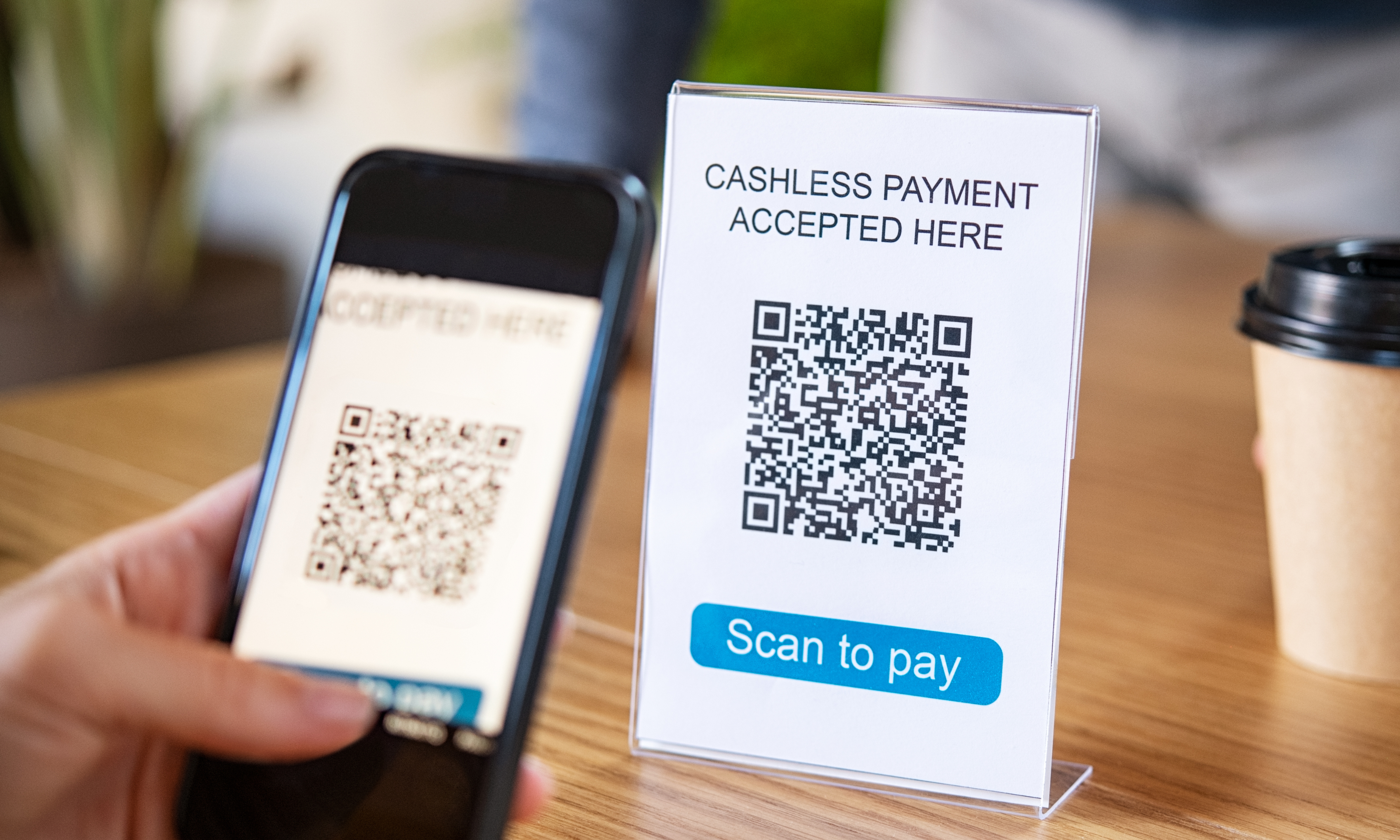Digital highways can significantly improve firm productivity, create new-age start-ups, and benefit citizens across sectors, aiding higher and sustainable economic growth.
This is best exemplified by India’s Unified Payment Interface (UPI), which transformed the payment universe from street vendors to large shopping malls, dramatically improving service delivery efficiency through instant digital payment solutions using mobile.
UPI transactions have grown from Rs 0.5 billion in October 2016 at the time of rollout to Rs 20.6 lakh crore in August 2024. It has led to the creation of many large Fintechs including PhonePe and Paytm. UPI is a digital public infrastructure (DPI) that gives private players a plug-and-play model to enable quicker and cheaper transactions.
The Reserve Bank of India’s announcement to launch another DPI branded as Unified Lending Interface (ULI) is billed to be a game-changer in the lending landscape to meet large unmet credit demand like UPI did in payment space.
This new DPI has the potential to further boost the growth levers of the Indian economy by meeting the credit demand, particularly from agricultural and MSME borrowers.
According to an estimate, the outstanding credit to the MSMEs by scheduled commercial banks expanded by 21 per cent annually to Rs 26 trillion at the end of December 2023. Yet, MSME credit penetration is just 14 per cent in India compared with 50 per cent in the US and 37 per cent in China. There is a credit gap of Rs 25 lakh crore for the Indian MSME sector, reflecting the large untapped credit market.
This is where ULI should fit in to bridge the gap. The ULI could also lead to the creation of new-age Fintechs as well as payment firms foraying into lending space as well with a regulatory framework.
The pilot on ULI has been in the run for over a year. It is understood that digitized land record data can be used to sanction and disburse loans in a completely paperless manner in minutes without the farmer having to visit the bank branch.
Given the mammoth size and terrain of the country and the difficulty in having physical branches, ULI should enable frictionless credit to various types of loans including personal loans by making use of various digital data points.
The digital journey could include opening accounts through e-KYC, accessing digitized land records of state government, credit bureau scores and other necessary information. The document creation and loan disbursement is expected to be integrated and fully automated. For example, the digitized milk pouring data available with milk cooperatives can be used to sanction loans.
The digitalization of processes is expected to substantially reduce operational expenses and opportunity costs as well as decrease the turnaround time for loan processing from more than two to three weeks to a few minutes, almost instantly.
With the ULI platform envisaging a ‘plug and play’ model, all the financial sector players should connect seamlessly obviating the need for multiple bespoke bilateral integrations. This could bring paradigm change by ushering in a completely digital credit delivery process.
ULI is in alignment with the Budget for 2024-25 proposal for a new credit assessment system. The banks have been asked to expeditiously implement a new credit assessment model for MSMEs based on digital footprints and cash flows. This is expected to be a significant improvement over the traditional assessment of credit eligibility based only on asset or turnover criteria. That will also increase coverage of MSMEs without a formal accounting system.
So, digital credit can be a powerful agent for sustainable and inclusive growth by empowering individuals and firms to cultivate economic opportunities.
An increase in digital financial inclusion in payments leads to a 2.2 per cent rise in average economic growth, likely driven through the consumption channel and higher formalisation, the International Monetary Fund has said in a report.
It is rightly said that while the earlier Trinity was Jan Dhan, Aadhaar and Mobile (JAM) to transform financial inclusion, the new Trinity will be JAM, UPI and ULI, which will be a revolutionary step forward in India’s digital infrastructure journey.
India’s DPI – digital identity, fast payment system along consent-based data sharing – has demonstrated how 140 crore Indians can access socio-economically important services in the fields of finance, health, education, e-governance and taxation, among others.
The Bank of International Settlements has estimated that progress which would have otherwise taken almost half a century was achieved in India in just eight years.
Finally, India has mastered the art of creating DPIs for the world to emulate, a pleasant change from the past practice of India following other countries in many other spheres.
The developed world is in awe of India’s success in financial inclusion and the developing countries are already in dialogue with India to have similar DPIs in their countries.
There is a huge business potential for Indian firms to implement such DPIs in other countries, especially in the Global South.

